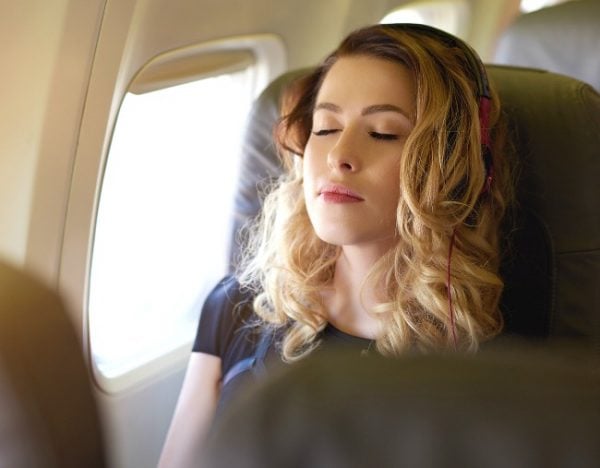If you’ve ever tossed and turned through a long-haul flight you’re not alone. We asked travellers on Skyscanner Australia whether they struggle to sleep on a plane and more than three-quarters (79%) of Aussies said yes. To help you get some shut-eye on your next flight, we’ve compiled our top tips for sleeping on a plane, including the best positions, seats and techniques for falling asleep on economy flights.
The best positions for sleeping on economy flights.
The biggest problem for 65 per cent of passengers polled is that they struggle to find a good position to sleep. Here’s what the experts recommend.
1. Lean back


Top Comments
I recommend The Curious Case of Benjamin Button. I started watching that on a flight once and I don't think I even got 10 minutes in. So dull.